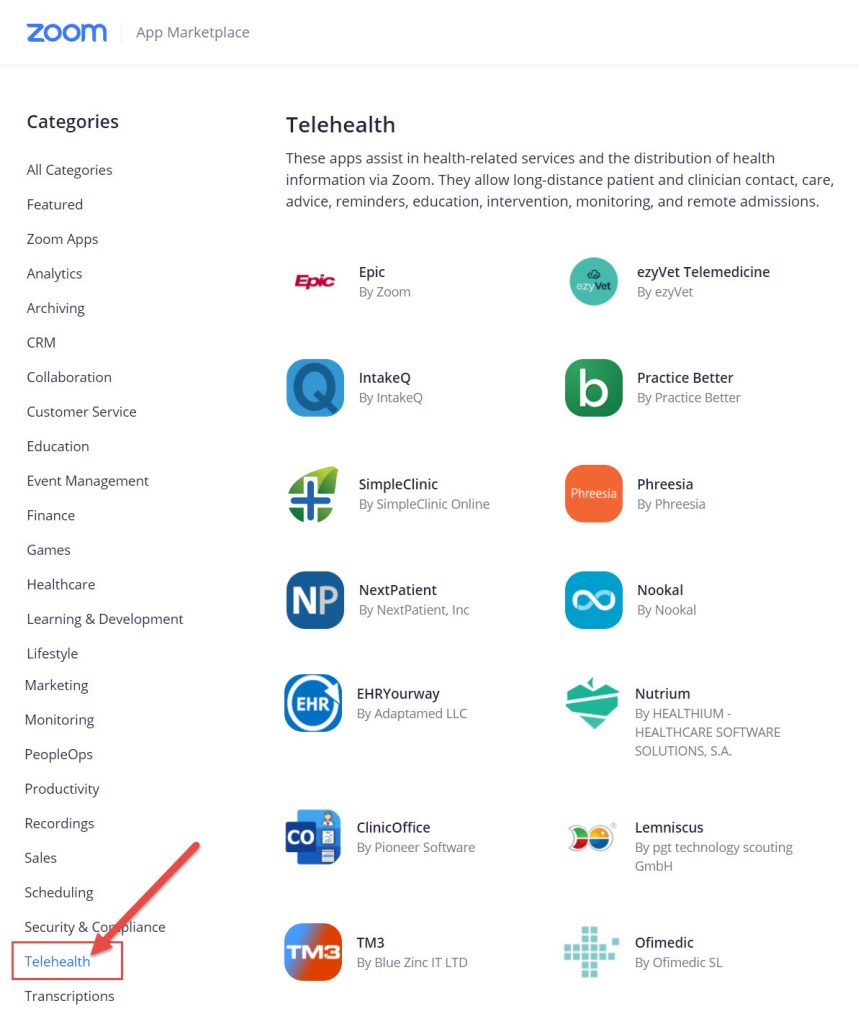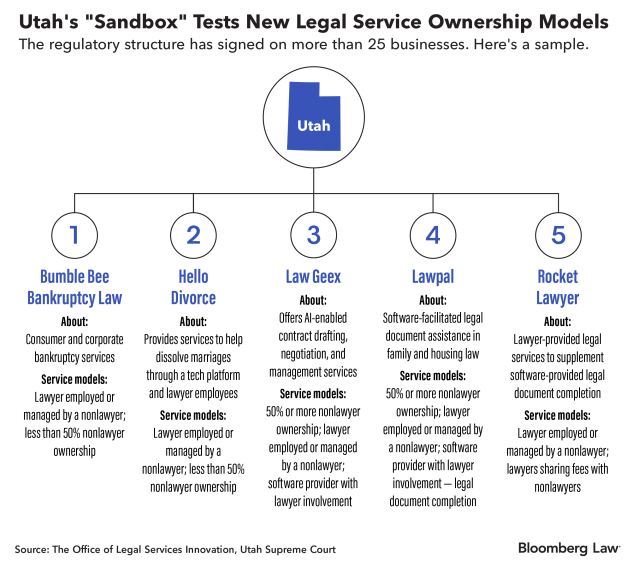How Will Blockchain Technology Affect Law Firms? — from legalreader.com by Aleksandra Arsic
Blockchain and cryptocurrencies are here to stay. The technology might yet still be new when compared to the Internet as a whole, but it has already proved it’s ready for wider usage.
Excerpt:
With the dawn of the 21st century, many new and exciting technologies arrived, promising to take off the workload, streamline day-to-day operations, and improve finances. One of the hottest innovations in recent years has been the invention of blockchain.
While it may have started as a way to keep a ledger of Bitcoin transactions, blockchain has grown way beyond that. It has been adopted by many industries, including the legal. But, what is it, and how can it be implemented in a law firm environment? Let’s find out.
Also see:
- What has (legal) AI ever done for you? — from legal.thomsonreuters.com
You’re pretty familiar with artificial intelligence and machine learning in your everyday life. When you use a navigation app to see the fastest route to your destination – AI. When you ask your smart home device what time your favorite store opens – AI. And when your streaming device suggests shows you might like – yes, that’s AI, too.
While AI is becoming more and more mainstream in our homes, it’s also making its way into our jobs. You may be wondering what AI-enhanced legal technology can do for you and your law firm. Here are a few ways AI can (or already has) further advance your firm’s reputation and success.
So, what does AI look like for law firms?











